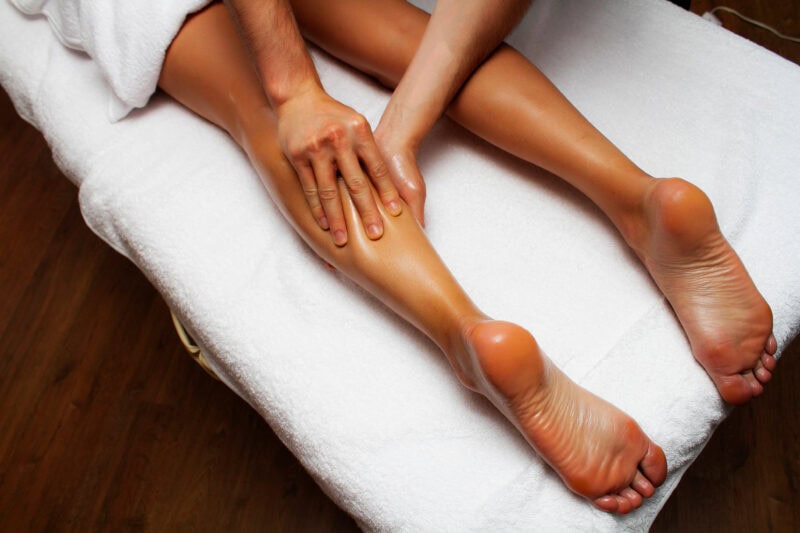
Lymphatic drainage therapy has gained popularity in recent years as more people recognize its numerous health benefits. But what is it? Manual Lymphatic Drainage (MLD) is a specialized massage technique developed by Dr. Emil Vodder and his wife, Estrid, in the 1930’s in Paris to treat swollen lymph nodes. Unlike traditional massage, MLD is a light, skin-stretching technique that applies gentle pressure to encourage the movement of lymphatic fluid out of swollen areas, particularly limbs.These techniques are designed to alleviate swelling caused by blockages in the lymphatic system, which can occur due to medical conditions or poor health.
The lymphatic system plays a crucial role in protecting the body from infection and disease. Conditions such as obesity, inflammation, infection, and cancer can lead to a buildup of lymph fluid, a condition known as lymphedema. Lymphatic drainage massage helps reduce this fluid accumulation by applying gentle pressure to move excess lymph (fluid) from the tissues and toward the lymph nodes, where it can be processed and eliminated.
Who Should Receive Lymphatic Drainage Massage?
1. Post-Surgical Patients
Individuals recovering from surgery often experience swelling and discomfort in the affected areas. Lymphatic drainage massage can help reduce edema and promote healing by encouraging lymph flow. This technique can be especially useful after procedures such as cosmetic surgery, joint replacement, or abdominal surgeries, helping patients return to their normal activities more quickly.
2. Those with Chronic Lymphatic Insufficiency or Edema
Chronic conditions that cause fluid retention, such as lymphedema, heart disease, or kidney problems, can lead to persistent swelling. Lymphatic drainage massage is specifically designed to address these issues by promoting the movement of lymph fluid and reducing inflammation. Regular sessions can help individuals manage their symptoms and improve their quality of life.
Contraindications:
Although MLD is generally safe, it may not be suitable for everyone. It should be avoided in the following situations:
- Active infections (e.g., cellulitis. viruses, fungi, bacteria)
- Deep vein thrombosis (DVT)
- Congestive Heart Failure (Cardiac Edema)
- Kidney failure
- Active cancer (without clearance from a doctor)
- Certain skin conditions or open wounds
References.
1. Archives of Physical Medicine and Rehabilitation. Influence of manual lymphatic drainage on health-related quality of life and symptoms of chronic venous insufficiency: A randomized controlled trial. Arch Phys Med Rehabil. 2014;95(12):2310-2317. doi:10.1016/j.apmr.2014.06.003.
2. Rosen M. What is lymphatic drainage massage? Live Science. Published March 26, 2020. Accessed November 14, 2024.
3. Vodder School International. The history of manual lymph drainage. Accessed November 14, 2024.
4. Sarian LO, Duarte R, Moura MP, et al. Manual lymphatic drainage in the treatment of lymphedema: A review of clinical evidence. J Lymphoedema. 2020;15(1):24-34. doi:10.5329/jlymphoedema.2020.15.1.24.



